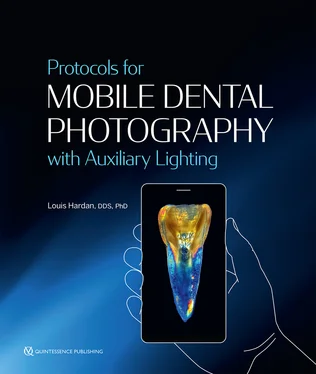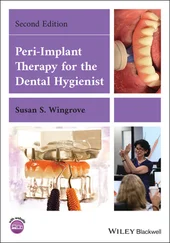
FIG 10Photographic documentation allows the dentist to see the evolution of the treatment and the behavior of dental materials over time. In this case, the fissure sealant on the first molar was performed 20 years prior to those of the other teeth.
Lecturing and Publishing
Dental publishers and meeting organizers are very strict about their image criteria, so it is very important to take high-quality photographs if you are interested in preparing any lectures, posters, articles, or books.
A successful dental lecture is based not only on the contents and the communication skills of the lecturer but also on the quality of the photographs and videos presented. Sought-after lecturers are known for their outstanding photographs (Figs 11 and 12). This is because dentists are visual learners and photographs allow the dental audience to have a clear and comprehensive idea of the topic presented. For example, in diagnosis, photographs make the identification of pathologic situations or lesions and the execution of their treatment easier, because a visual reference was already provided. Photographs or videos also portray the different stages of a procedure step by step, giving audience members a visual guideline that may help them in the future. Furthermore, dentists are able to see a clinical situation on a much bigger scale where details can be highlighted and studied.
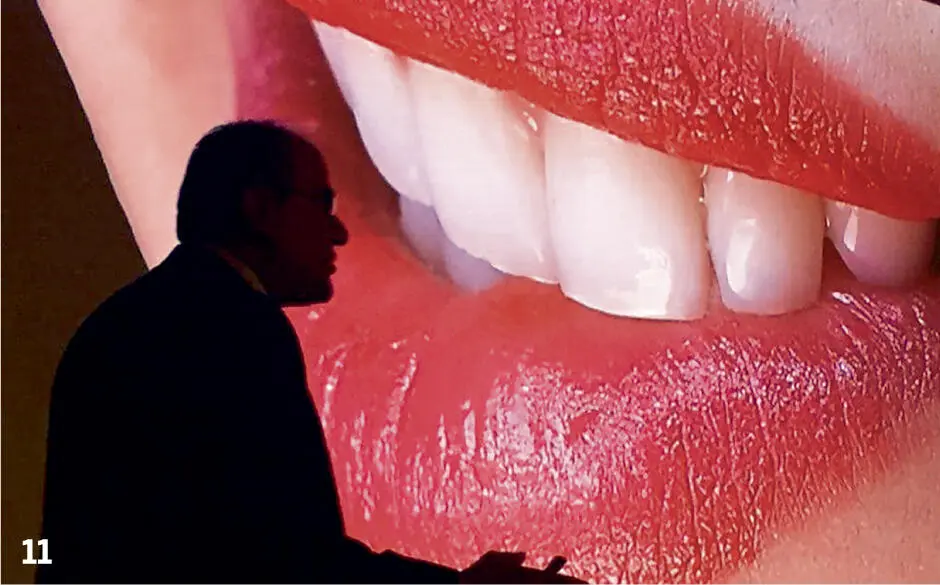

FIGS 11 & 12When lecturing on big screens, high-quality photographs are a must.
Concerning scientific studies and publications, photographic documentation is a huge asset. It gives the opportunity of remote scoring and enables multiple scorers to evaluate images for scientific purposes. Dental clinicians can compare cases or evaluate a given case over time. In this context, dental photography is an adaptable, reliable, and reproducible recording technique that enables longitudinal studies.
Documentation is mandatory in postgraduate programs at universities, so dental students must start learning how to document with photography in their undergraduate career. They must learn how to frame a shot, how to manage light, and how to “make a picture” (Figs 13 to 18). Once these basics are mastered, it will be easier to upgrade to greater photographic skills during the postgraduate program. These will be necessary for any seminars, case presentations, posters, thesis defense, and article publication.

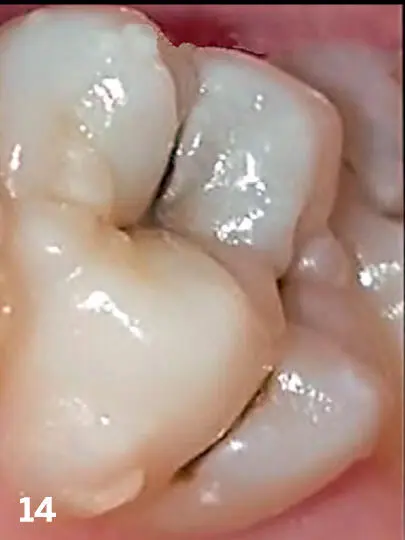

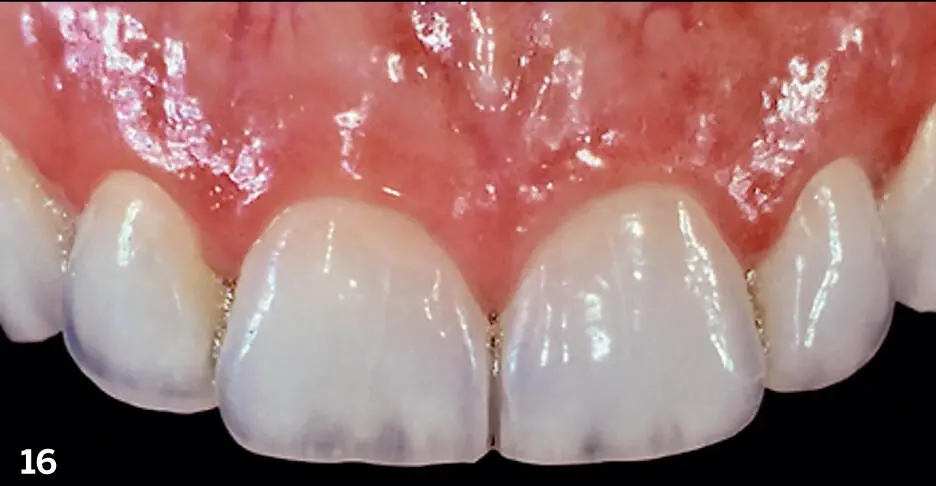
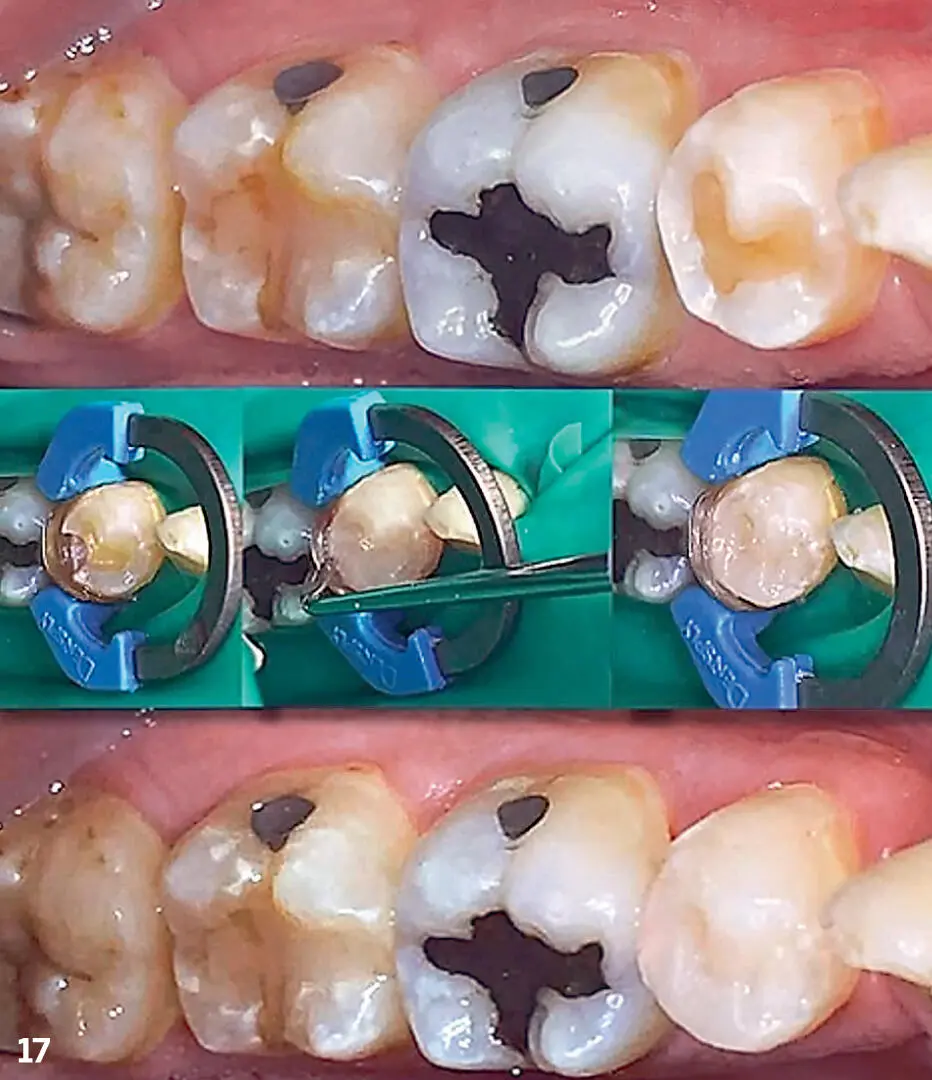
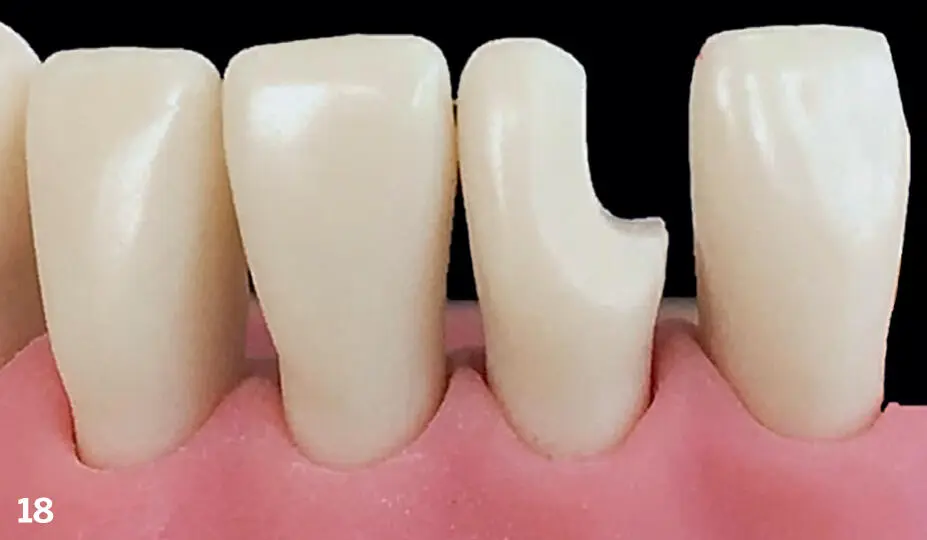
FIGS 13–18Undergraduate students are able to take good photographs with their smartphones without the use of professional cameras, which is especially useful when they cannot afford one. They only need to be taught how to play with the light and how to frame the shot.
Marketing
If permitted by governing law, marketing and advertising can have a great impact on the success of a dental practice. For a long period of time, dental marketing was by word of mouth, relying mainly on good interpersonal relationships between patients and dental staff and referrals to friends and family. While this is certainly still relevant, digital marketing is becoming increasingly important with the growing use of the Internet and social media. Photographs can be presented on brochures, displayed in the dental clinic, or transmitted via social media networks (eg, Facebook, Twitter, Instagram) or email. Image content is prioritized on many social media platforms, creating an exceptional marketing opportunity for dental practitioners (Figs 19 and 20).
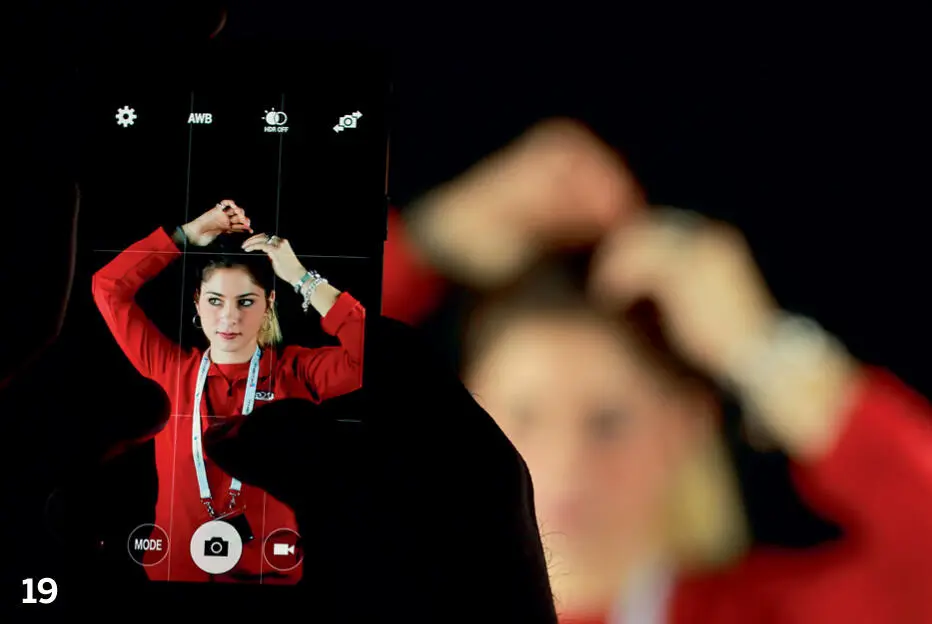

FIGS 19 & 20With the increasing popularity of social media, digital marketing is taking on more importance in dentistry. High-quality photographs are required to catch the eye of future patients. Smartphones make it easy to take such photographs and immediately upload them to social media platforms.
Photographs used in marketing can be “before and after” photographs or a sequence of photographs showing the different steps of a treatment. Digital marketing like this results in high visibility and targets a large base of potential patients. High-quality photographs are mandatory; otherwise, the advertisement will be a failure, even if the dental treatment and esthetic result were perfect.
Artistic Photographs
Artistic photographs such as those presented in Figs 21 and 22 can form a special and personalized ambiance in dental clinics when they are used for decorative purposes. Furthermore, artistic photographs are primed for marketing via social media. While images like this require established photographic skills, they garner attention and generally encourage potential patients to seek more information about the clinician.
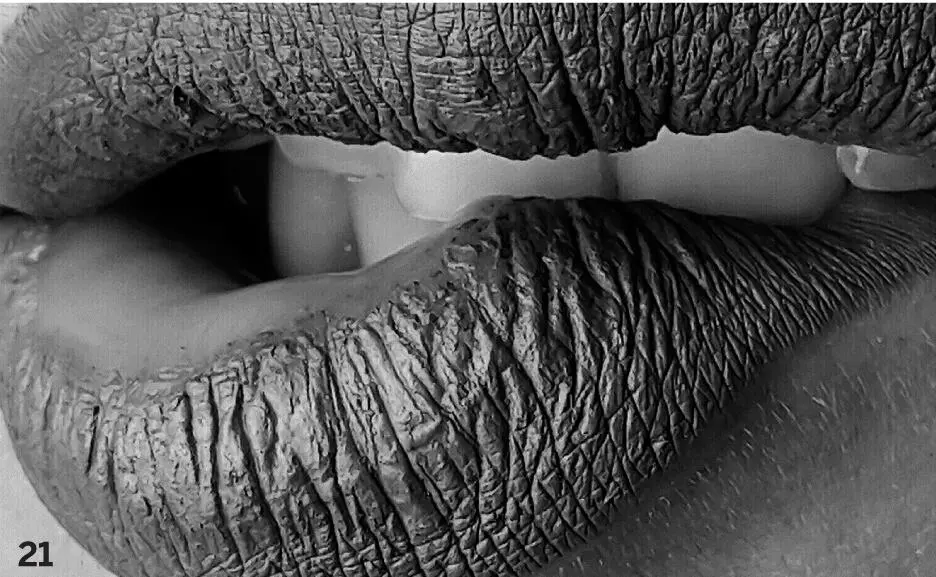
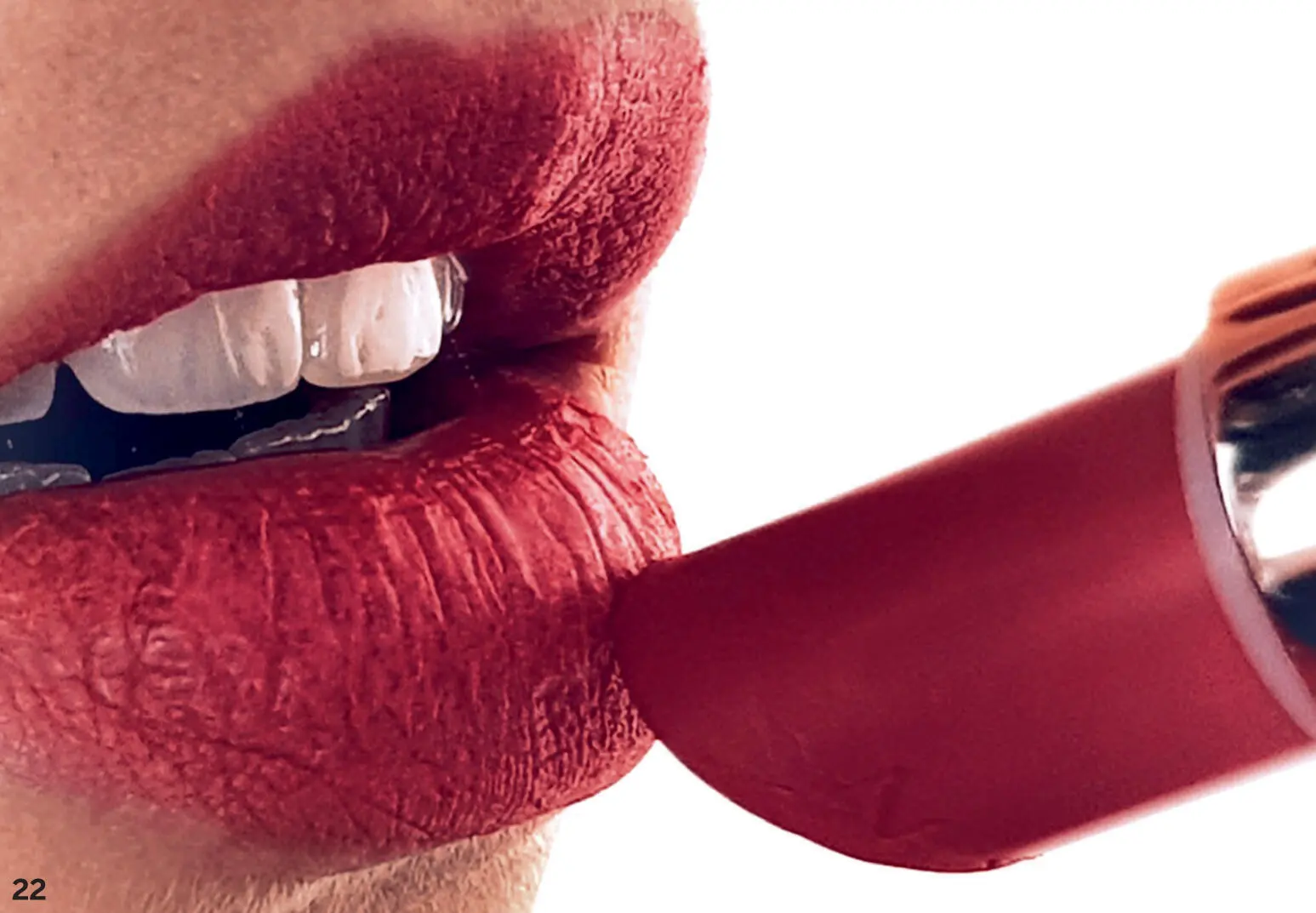
FIGS 21 & 22Artistic photographs are sometimes difficult to capture, but they are popular and demanded by many patients. Artistic shots of lips, teeth, prosthodontic elements, and more can be achieved by playing with the light and the position of the camera. These images can be used on social media, in lectures, or as decoration in the dental clinic.
Insurance
Most patients depend on their dental insurance to cover the cost of their treatment. Insurance companies must make sure that the patient really needs the treatment they are claiming, and afterward they need to confirm that the proper treatment was carried out. Photographs and radiographs serve as evidence of the pretreatment and posttreatment conditions, demonstrating the execution of treatment, and therefore excellent documentation is mandatory in these cases. An efficient filing system is necessary to have fast and easy access to this information.
Читать дальше
